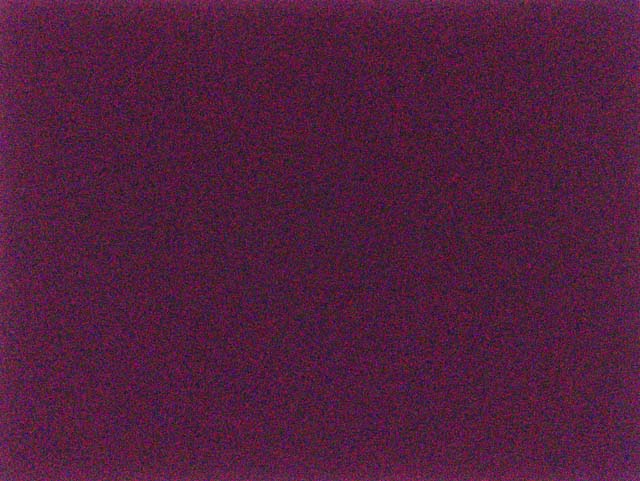
It can sound more soothing and be more calming for the nervous system than white noise. The emerging research around pink noise, however, suggests that there are some reasons why it may be more promising for brain healing: There is more research to support the use of white noise, as pink noise has only been studied recently. When we measure brainwave activity using EEG, lower frequency brain waves associated with meditation and sleep have more power than higher frequency brain waves seen in alertness. This downward slope mirrors what happens in the brain and many systems in nature. In pink noise, power decreases at higher frequencies, so its graph has a downward slope (known as an inverse relationship, or 1 / frequency). In white noise, power is more or less constant for each frequency, so its graph has a flat line. Higher power sound waves are louder, and weaker power waves are quieter. Faster sound frequencies have a higher pitch, and slower frequencies have a lower pitch. Some forms of therapeutic brain stimulation even provide low levels of electric current through waves.Įvery wave has two important characteristics:įrequency is how fast a wave is. Waves exist in many different forms in nature, including the sounds that we hear and the brain waves that are needed for our neurons to communicate.

Understanding Waves: The Language of Music and the Brainīefore diving into the details, let’s review some of the basic principles for sound and other waves. What’s the difference between white noise and pink noise? In this article, we’ll review questions about pink noise including:

In fact, it may have benefits not only as sound therapy, but also as gentle brain stimulation. Researchers are studying pink noise for its potential to help with sleep, memory, and more. While many people are familiar with white noise, there is a new color of noise gaining attention: pink noise. Maybe you even bought a white noise machine to drown out the noise from your neighbors or the street. It’s a mixture of all the frequencies humans can hear (about 20 Hz to 20 kHz), fired off randomly with equal power at each-like 20,000 different tones all playing at the same time, mixed together in a constantly changing, unpredictable sonic stew.If you’ve ever had trouble falling asleep at night, you may have put on sounds of the rain or ocean waves to help yourself relax.
#Dark noise vs white noise tv
Pure white noise sounds like that hissy “shhh” that happens when the TV or radio is tuned to an unused frequency. The word “noise” actually comes from a Latin word for nausea in audio engineering, the term describes any unwanted information that interferes with the desired signal, like static on the radio. Unlike the inconsistent bang of a drum or shouting voice, these sounds are a continuous signal, but they aren’t exactly pleasant.

The word “noise” actually comes from a Latin word for nausea.Īnd then, in a separate category, there are the colored noises. (This is what makes the same note sound different on a flute than it does on a violin.) The noises we hear every day-boots stomping across the floor, a car honking outside, the jingling of keys-are made up of sporadic waveforms, a random distribution of frequency and amplitude. In musical sound waves, the frequencies are spaced at intervals that we find pleasing to the ear, creating a harmonic structure that gives a sound its unique tone quality, or timbre. The noise types are named for a loose analogy to the colors of light: White noise, for example, contains all the audible frequencies, just like white light contains all the frequencies in the visible range. If you decompose a sound wave, you can break it down into two fundamental characteristics: frequency, which is how fast the waveform is vibrating per second (one hertz is one vibration per second), and amplitude (sometimes measured as “power”), or the size of the waves. A College Degree Is No Guarantee of a Good Life Arthur C.


 0 kommentar(er)
0 kommentar(er)
